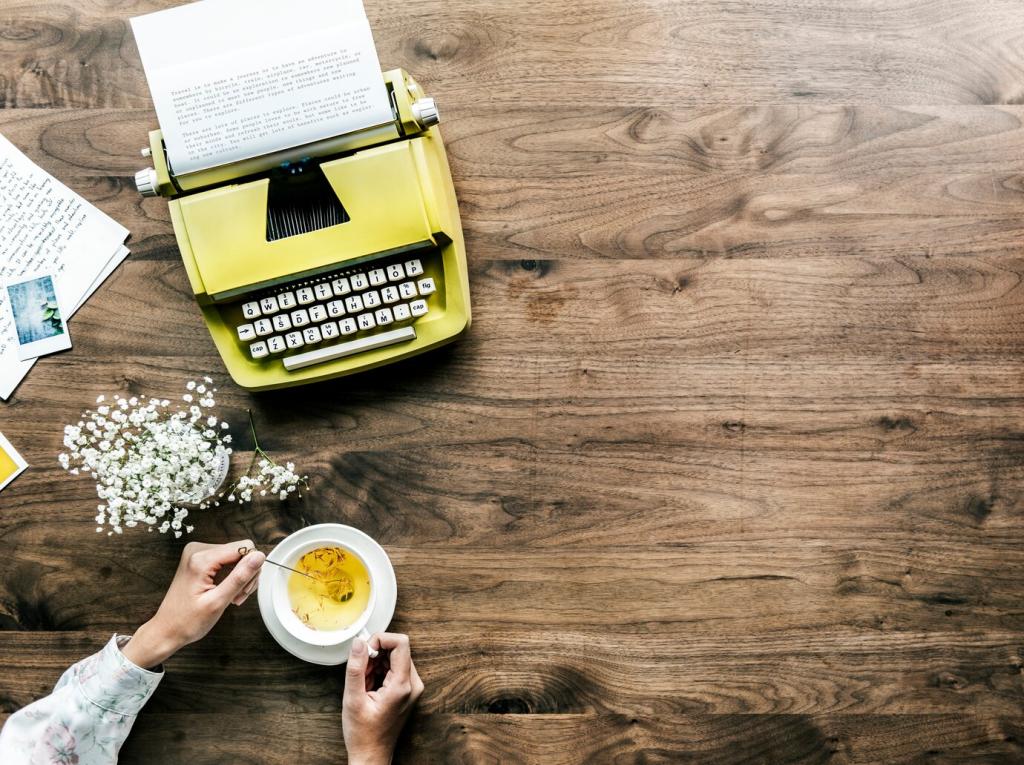Join the Table: What Era Should We Explore Next?
Get new adaptations, research notes, and behind-the-scenes tests delivered every week. Subscribers vote on upcoming projects and receive early access to printable recipe cards and sourcing guides.
Join the Table: What Era Should We Explore Next?
Have a handwritten card, a ledger, or a story-filled dish? Tell us the context, ingredients, and family lore. We love publishing reader-led revivals with full credit and thoughtful headnotes.





